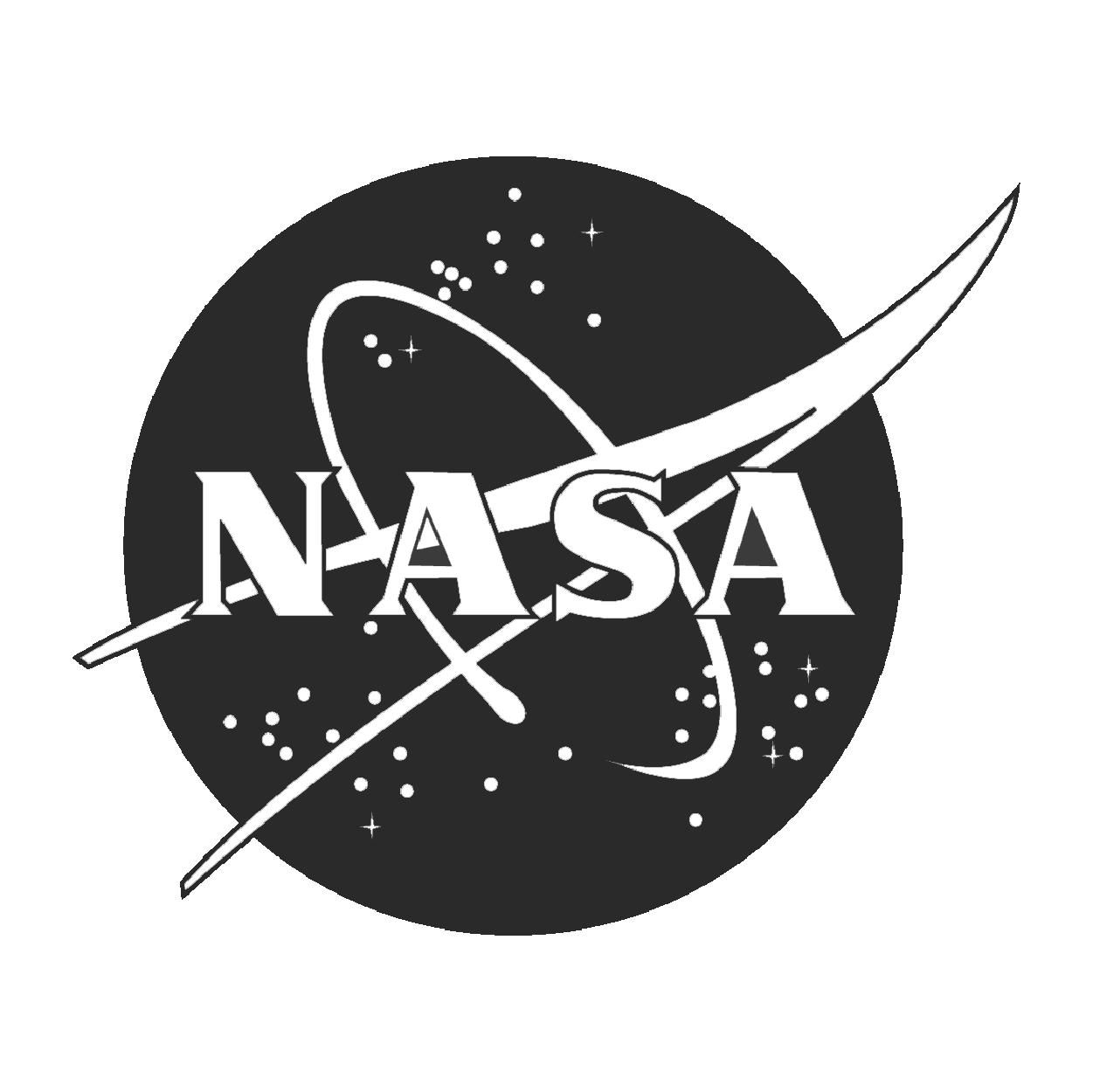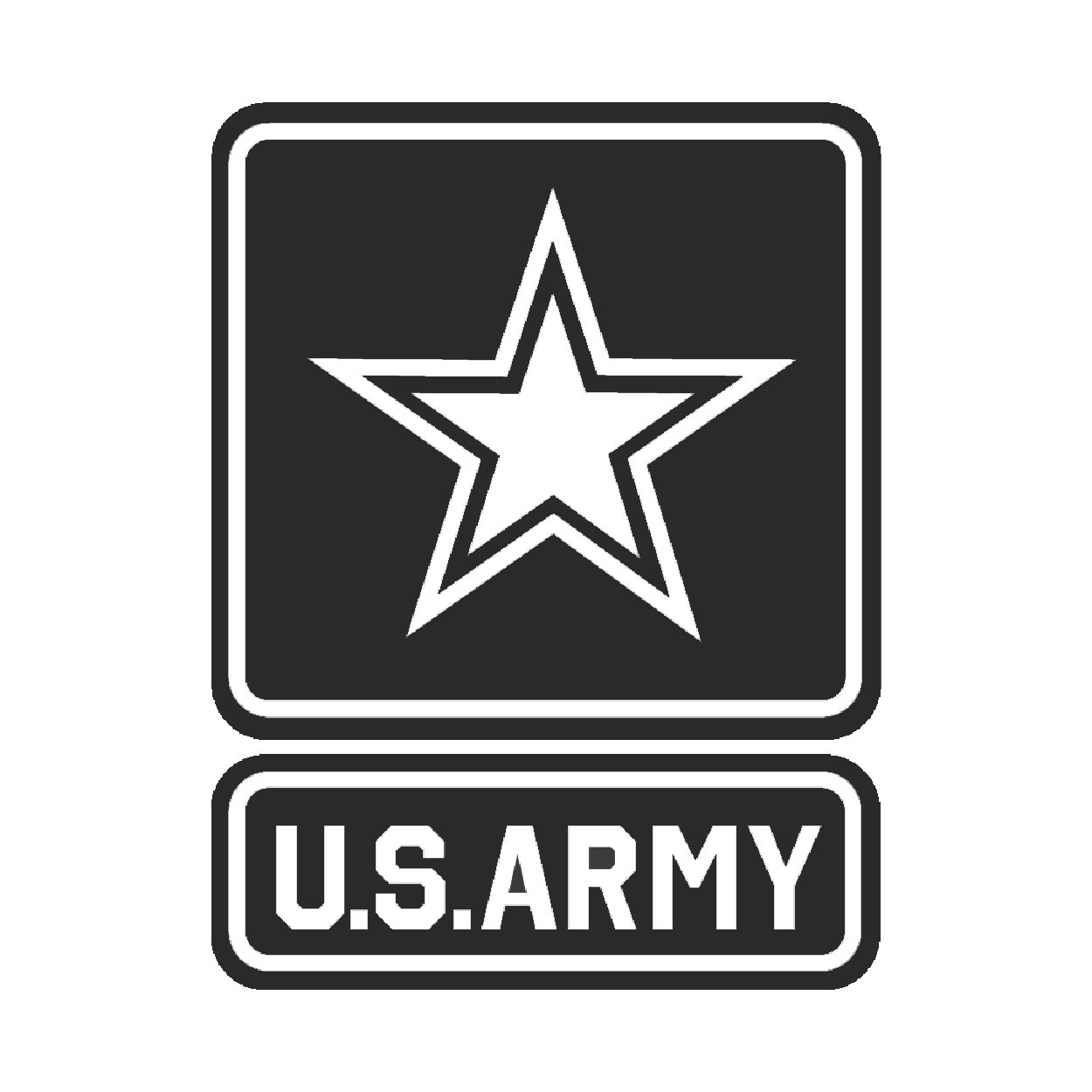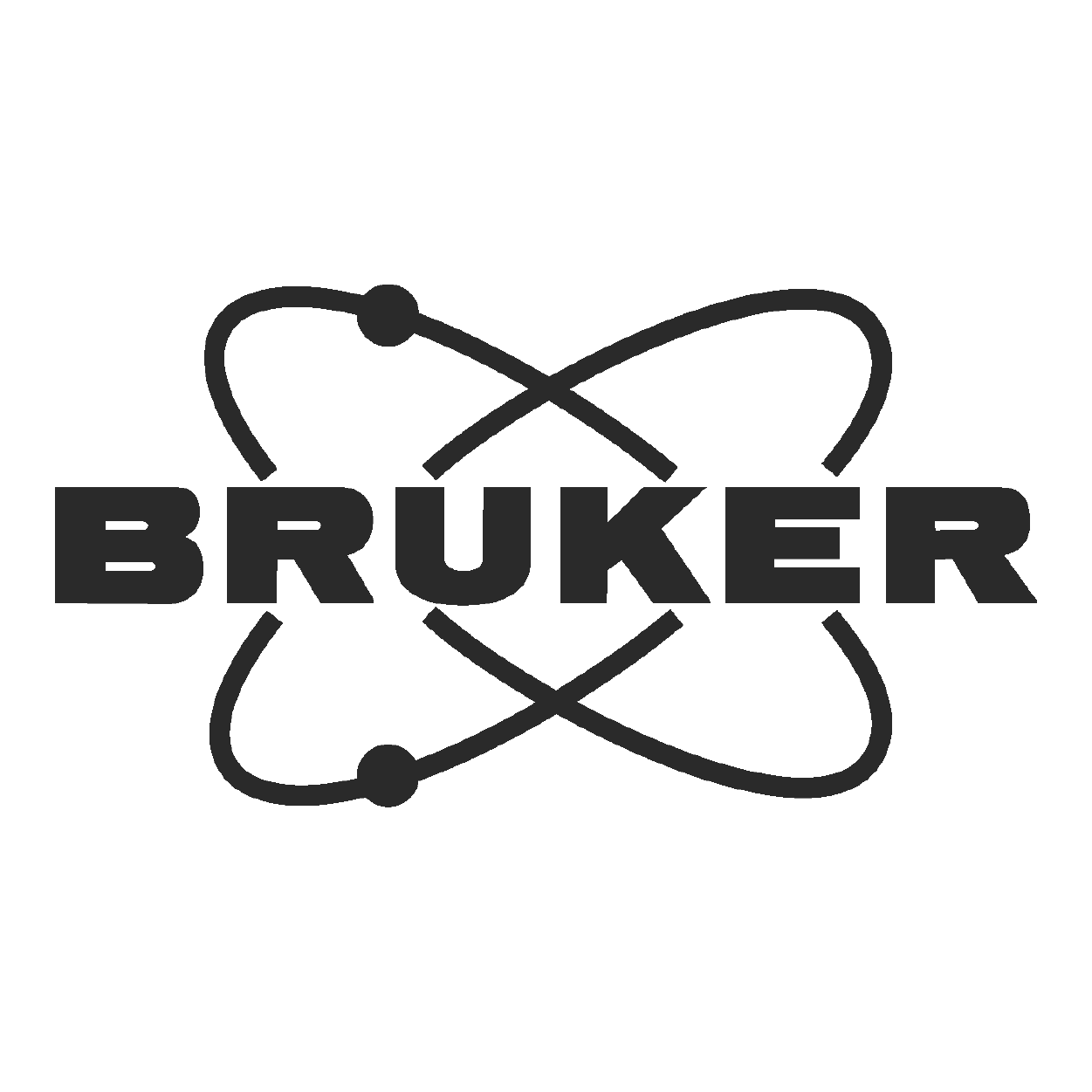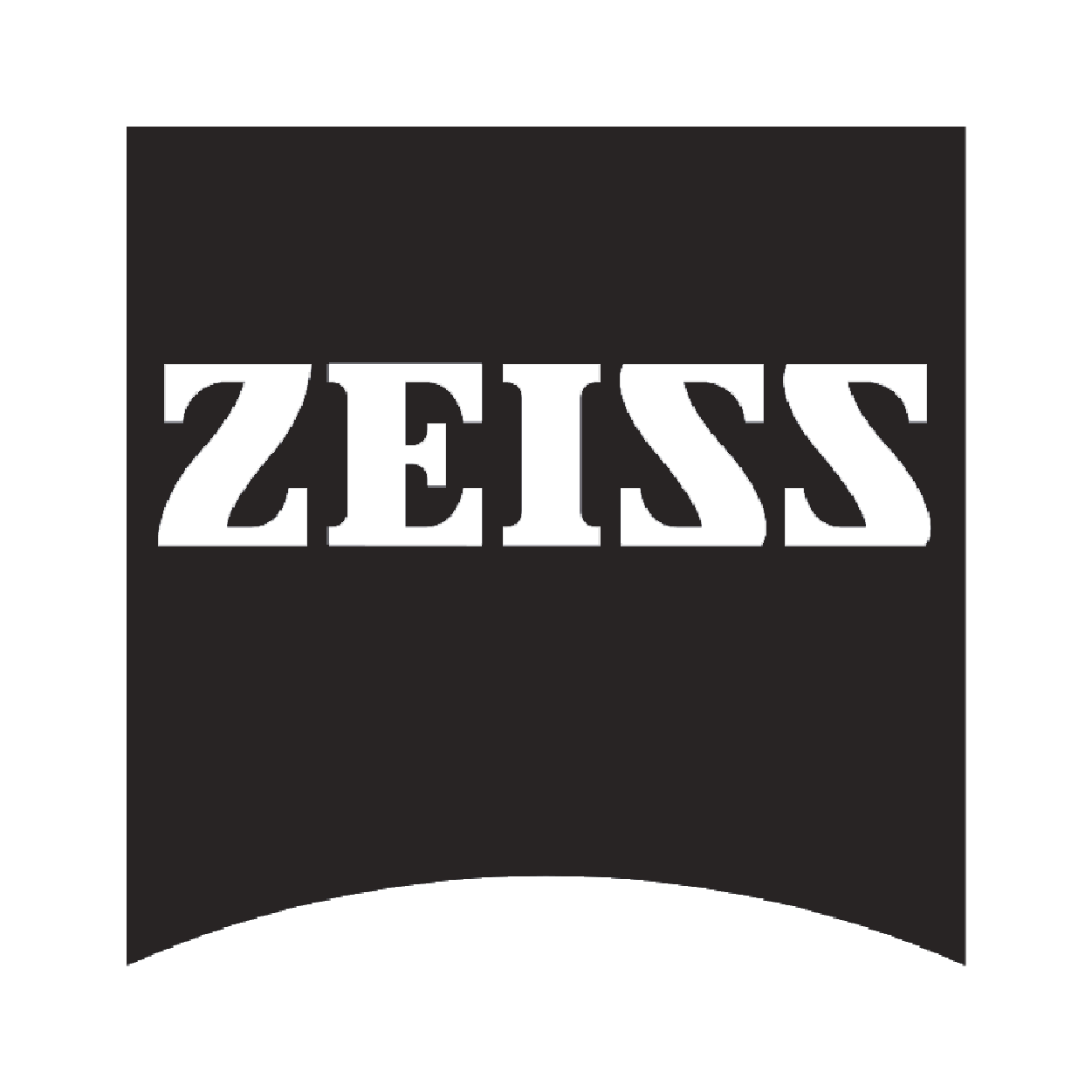Prototek collaborated with Pratt Miller at Windshear to observe the 3D-printed parts we produced in action!
Ben Brady, Aerodynamicist at Pratt Miller Transcript
Today, we’re at Windshear, a wind tunnel in North Carolina.
I’m Ben Brady, and I’m an Aerodyanamacist at Prat Miller.
This facility is unique because it can replicate the conditions near the ground as you drive down the road.
Pratt Miller does a lot of different work in motorsports.
This facility tests a lot of race cars and automobiles.
This application is pretty unique.
We’ve got a one-third scale class 8 tractor-trailer model.
We’ve been working with Prototek on rapid prototyping parts for a long time.
For wind tunnel testing, that is really key.
It’s really powerful to be able to, as a designer, you know, come up with whatever shape we want and have it manufactured without having to worry about, compromising our design.
With Prototek, we’ve been really happy with the quality.
That makes a big difference for us because even if we were to buy a part, that’s lower cost, if we get it and we have to spend hours sanding it or getting it to fit then it’s time lost.
Which for us is a big deal.
It ends up being more expensive in the long run anyway.
So it’s really important that we get it right the first time, and that’s what we get with Prototek.
Are you ready to start your project?
FAQs
Wind tunnel testing is a crucial process in the design and development of various products, from aircraft to automobiles. It involves simulating airflow conditions to analyze the aerodynamic properties of a model.
Wind tunnel testing offers valuable insights into aerodynamic performance. It optimizes design, reduces development time, and minimizes costly physical prototyping. It also provides precise data to enhance product efficiency and reliability.
Wind tunnel testing can be time-consuming and expensive, requiring specialized facilities and equipment. Additionally, the simulated environment may not fully replicate real-world conditions, leading to potential discrepancies between test results and actual performance. Careful interpretation of data is crucial to ensure accurate conclusions.
Fused Filament Fabrication (FFF), Selective Laser Sintering (SLS), and Stereolithography (SLA) are well-suited for wind tunnel testing due to their ability to produce accurate, durable prototypes with smooth surface finishes.







